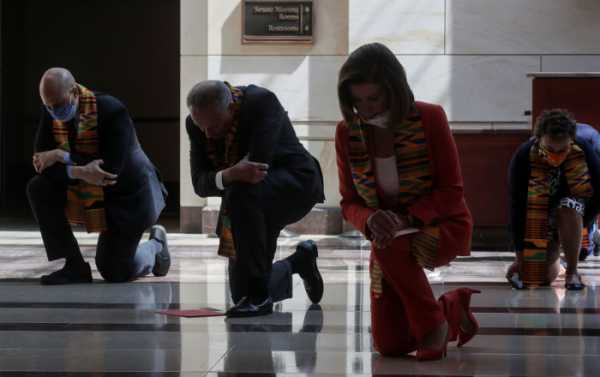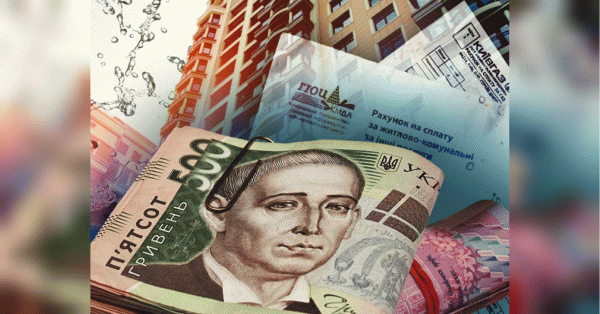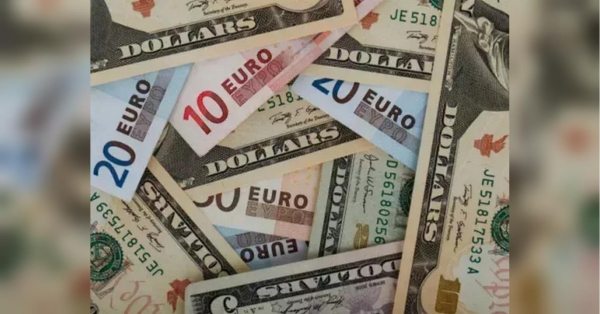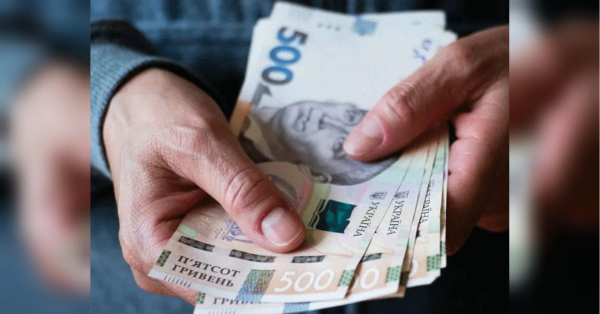
A gesture, which received widespread coverage during protests by athletes in 2016, has gotten a second lease on life now, apparently gaining greater traction than ever.
The protests against the killing of George Floyd and other African Americans have taken many forms across the US from peaceful demonstrations to violent riots accompanied by arson and looting. Yet one of the most iconic features, kneeling, stands out because despite being non-violent, it’s attracted a lot of criticism, specifically from US President Donald Trump.
POTUS lashed out at Commissioner of the National Football League, Roger Goodell, who recently walked back on his stance to prohibit football players from kneeling during the national anthem under pressure from the public in the wake of the George Floyd protests. In a Twitter post Trump suggested that Goodell now thinks it’s “OK” for players to “disrespect” the country and its flag, by refusing to stand up during the national anthem.
Origins of the Gesture
In the past, Goodell strongly opposed kneeling, along with most of the NFL leadership, when football players and other athletes started using the gesture during the national anthem at the start of each game. The NFL ruled that players must either stand during the anthem or not be present at all.
This step was taken after the trend was started in 2016 by a prominent football quarterback Colin Kaepernick. He first sat and later started to kneel down during the national anthem despite various codes prescribing a person to stand in the process. Kaepernick’s gesture was meant as a protest against ongoing racism and violence against African Americans in the US, which remain unpunished, according to his own explanation.
The kneeling later spread among some of his fellow athletes, who copied it during the national anthem in a sign of solidarity with the issues raised by Kaepernick. Yet, not all people in the US found the initiative inspiring. On the contrary, some saw it as disrespect for the country, the flag, and the veterans who shed their blood for it.
Donald Trump, who just won the presidential race at the time, was among the harshest critics of the kneeling and suggested the NFL should fire players who display such behaviour.

In this Dec. 18, 2016, file photo, San Francisco 49ers quarterback Colin Kaepernick (7) and outside linebacker Eli Harold (58) kneel during the playing of the national anthem before an NFL football game against the Atlanta Falcons in Atlanta
Despite the movement gaining its share of supporters in society, with time it shifted its focus from criticising police brutality against black people to criticising Trump’s alleged racism, and eventually ran out of steam. While it’s unclear what effect it had on the levels of racism in American society and police brutality against African Americans as well as other people of colour, it clearly destroyed Kaepernick’s career as the famous quarterback shortly thereafter lost his job with the San Francisco 49ers and has remained unsigned since the scandal erupted.
New Lease on Life for Kneeling
Kneeling, as a gesture against police killings of African Americans, received a new lease on life (and a new wave of criticism from Trump) during the George Floyd protests, which participants actively used in peaceful demonstrations although without the anthem component to it.
The gesture is being used by demonstrators along with others such as raising a clenched fist into the air, a sign closely associated with the Black Power movement of the 1960s, to wearing masks and cardboard posters with the caption “I can’t breathe” in a reference to George Floyd’s last words as he pleaded with the police officer who killed him for air.

Chelsea Police Chief Brian Kyes (2nd R) kneels for 8 minutes and 46 seconds with demonstrators during a protest against racial inequality in the aftermath of the death in Minneapolis police custody of George Floyd in Chelsea, Massachusetts, U.S., June 7, 2020
Initially used by mainly African Americans, the kneeling trend later spread to others protesting. It was even used on separate occasions by the National Guard, police, and FBI officers, deployed to quell the protests, as an apparent sign of solidarity with the demonstrators.
Good or Bad? Netizens Undecided About the Kneeling Gesture
Just as was the case with taking a knee during the anthem in 2016, US society remains divided over the gesture in 2020.
Some netizens highlighted the kneeling controversy in the George Floyd protests. On the one hand, the trend for using it to protest police brutality against African Americans was set by Kaepernick. On the other, George Floyd himself was killed because a police officer pinned him down to the ground and deprived him of air by placing his knee on Floyd’s neck and back, and hence kneeling could be seen as a reference to police brutality against black people.
Some social media users argued that peaceful kneeling protests are one of the best ways of promoting the Black Lives Matter movement’s message in a non-violent way…
…although some younger protesters found it tiresome.
One Twitterian suggested that simple kneeling won’t change a thing in the US, even if repeated by numerous people.
Others argued that the gesture is being both where appropriate and where it has no place or even sense of doing.
There has apparently been a darker side to the gesture, as some social media users reported the gesture being abused by African Americans themselves as they forced random white people to kneel down before them to “show solidarity” with the situation.
A few netizens were appalled with how the gesture is becoming trendy, suggesting it’s losing it’s meaning and being turned into something of a “religion”.
Another Twitterian wondered why people would have to kneel before anyone for any purpose whatsoever.
Sourse: sputniknews.com






